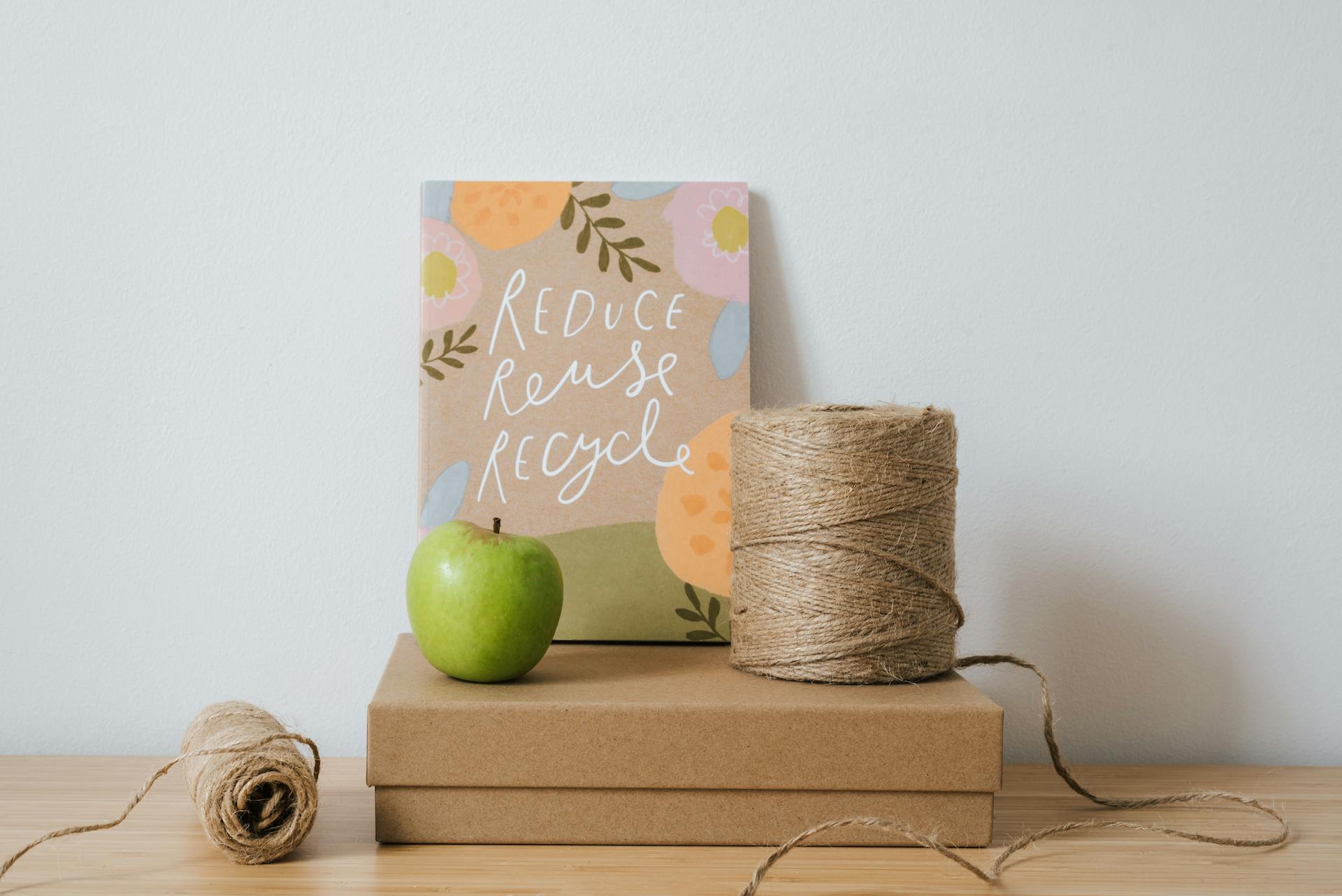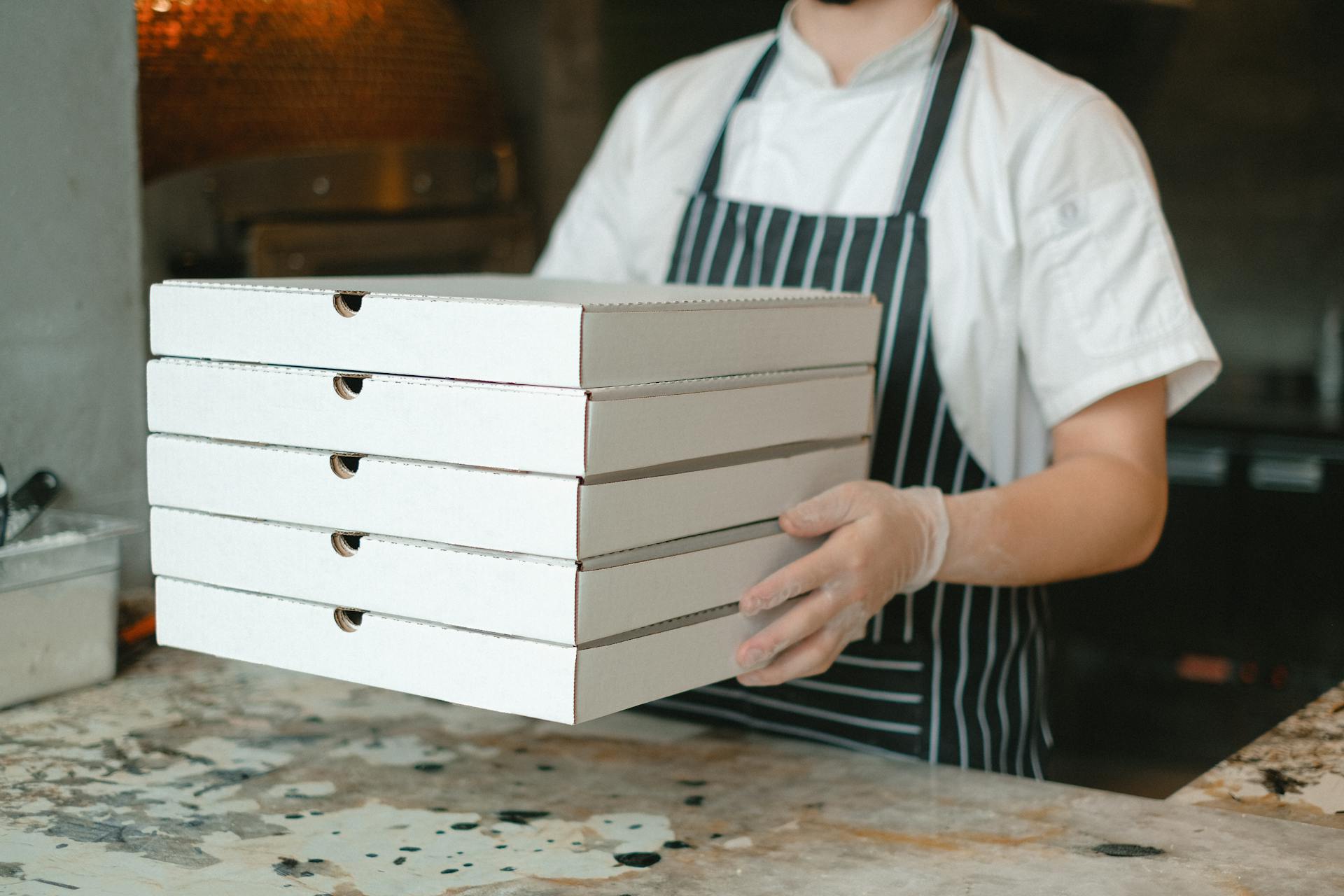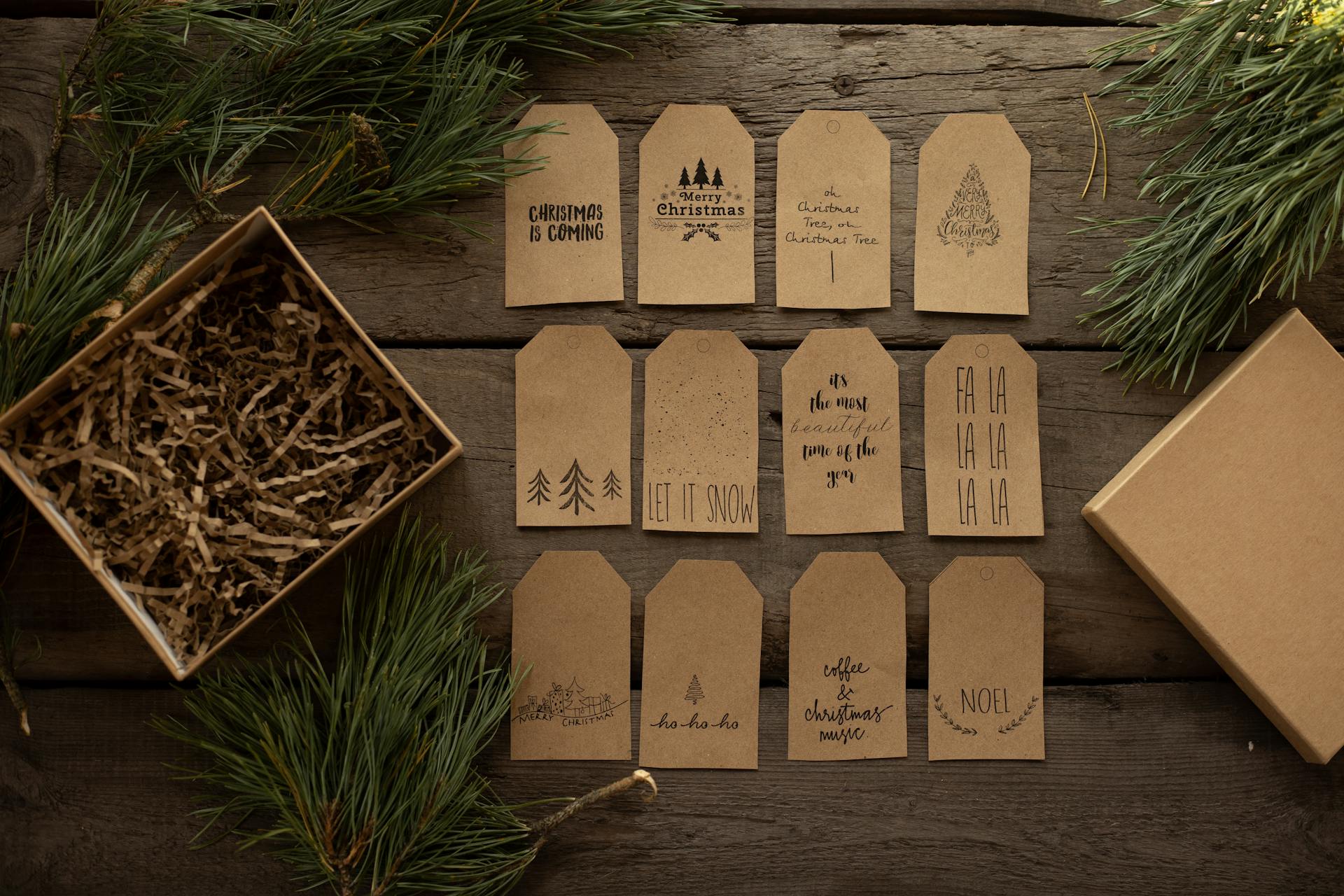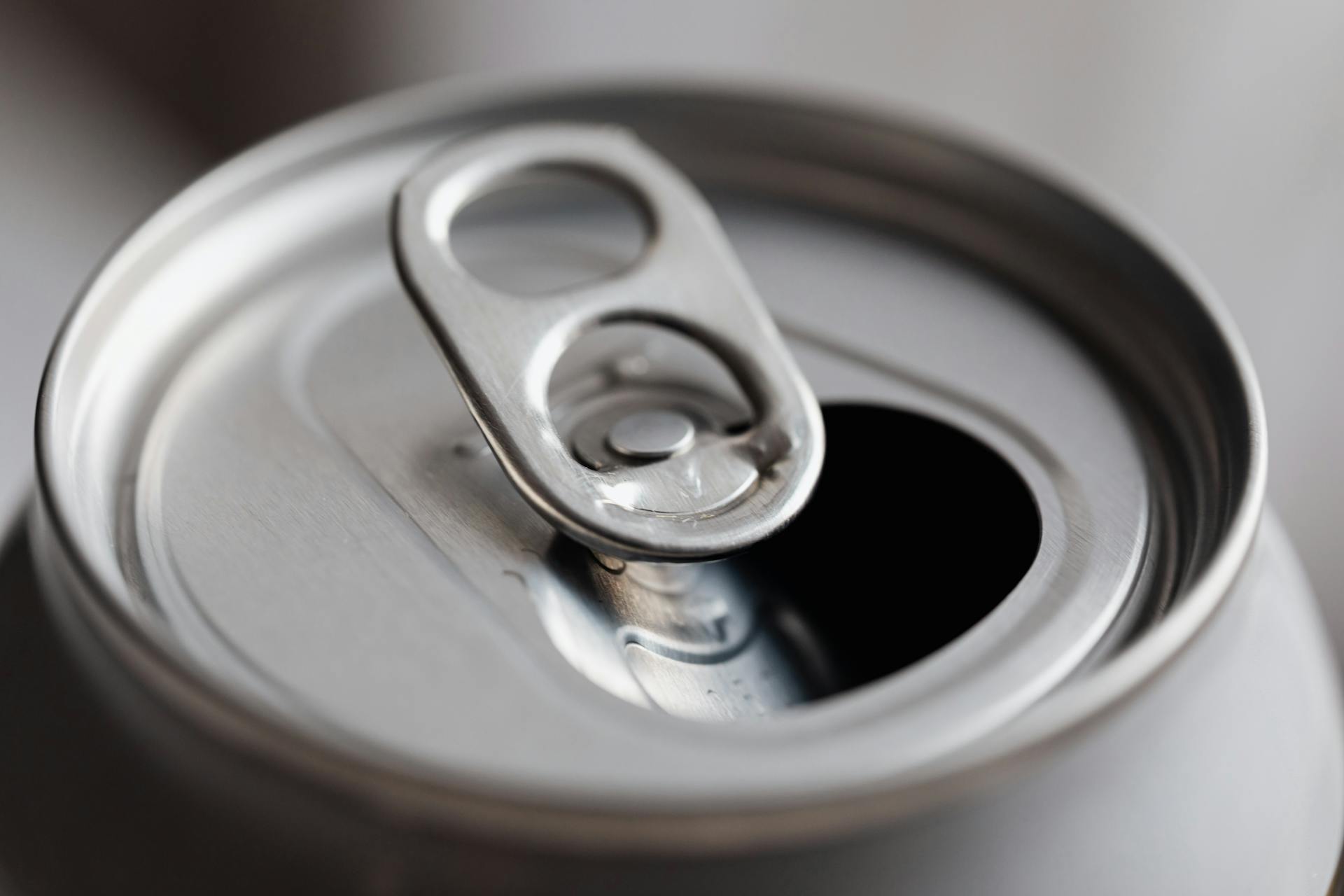
Recycling cardboard boxes is a simple and effective way to reduce your carbon footprint. Cardboard box recycling helps to reduce the amount of waste that ends up in landfills, conserving natural resources and reducing greenhouse gas emissions. However, not all cardboard boxes can be recycled, and it can be difficult to know which ones are suitable for reuse or recycling.
In this ultimate guide to recycling cardboard boxes, we'll provide insight into the different types of cardboard materials and how they can be reused or recycled. We'll also explain some common misconceptions about recycling cardboard boxes and share tips for making the most of your old boxes. Whether you're an eco-conscious individual looking for ways to reduce your environmental impact or a business owner trying to find sustainable packaging solutions, this article will provide valuable information on reusing cardboard boxes.
Recommended read: What Plastics Can Recycled
Discover the Ultimate Guide to Reusing Cardboard Boxes
Cardboard boxes are a versatile and eco-friendly material that can be reused in countless ways. To prepare cardboard boxes for reuse, start by removing any tape or labels, and then flatten them out. From there, you can use them for storage, shipping, crafts, and even furniture! With a little creativity, cardboard boxes can become a valuable resource that saves you money and reduces waste.
Related reading: Can You Recycle Pizza Boxes
1. Remove Packaging Materials
When it comes to cardboard box recycling, it is important to first remove any packing materials inside. This includes things like packing peanuts and styrofoam. These materials cannot be recycled along with the cardboard box and can actually contaminate the recycling process if left in.
To properly remove these materials, start by emptying the contents of the cardboard box. Then, carefully remove any packing peanuts or styrofoam by hand. If there are any stubborn pieces left behind, try using a vacuum or compressed air to blow them out. Once all packing materials have been removed, you can proceed with recycling the cardboard box itself.
Here's an interesting read: Can You Recycle Styrofoam
2. Check for Food-Soiled Parts
Before tossing your pizza box into the recycling bin, make sure to check for any food-soiled stains. This includes oil stains or grease damage on any part of the cardboard box. It's important to note that contaminated cardboard cannot be recycled and can actually contaminate other recyclables in the bin.
By taking a quick glance at your cardboard boxes before recycling, you can prevent contamination and ensure that your efforts to recycle are effective. Remember, even small amounts of food residue can cause issues in the recycling process, so it's better to err on the side of caution and dispose of contaminated cardboard in the trash.
Expand your knowledge: How to Recycle Cardboard
3. Keep Cardboard Boxes Dry
Keeping cardboard boxes dry is an essential step in the process of storing and recycling cardboard. Wet cardboard can easily become a breeding ground for mold and bacteria, making it unusable for paper mills and recycling facilities. To keep your cardboard boxes dry, make sure to store them in a cool, dry place away from moisture.
If you do find yourself with wet cardboard, don't panic! There are ways to salvage it before sending it off to be recycled. Spread out the wet cardboard in a single layer and allow it to air dry completely before attempting to recycle it. If the cardboard has soaked up too much moisture, try using a dehumidifier or fan to speed up the drying process. By keeping your cardboard boxes dry, you'll help ensure that they can be properly recycled and turned into new products.
For your interest: Recycled and Upcycled Clothing
4. Ready to Recycle
Are you ready to take the next step in helping the environment? Recycling cardboard boxes is a great way to reduce waste and make a positive impact. Once you've ensured that your cardboard boxes are empty and dry, consult your local recycling guidelines to learn how to recycle cardboard boxes properly.
Many local recycling companies accept flattened cardboard boxes for recycling. By taking the time to recycle, you're not only helping the environment but also supporting your local community's efforts towards sustainability. So, let's work together and make a difference by recycling cardboard boxes!
Uncovering the Downsides of Recycling Cardboard
While recycling cardboard may seem like a noble and eco-friendly practice, it is not without its downsides. One major issue is that the process of recycling cardboard requires a significant amount of energy, water, and chemicals, which can have negative environmental impacts. In addition, recycled cardboard may not be as strong or durable as new cardboard made from raw materials, which can lead to more frequent replacements and ultimately more waste.
On top of that, recycling cardboard does not necessarily reduce the demand for making new cardboard from fresh raw materials; in fact, some argue that increased recycling rates could actually drive up demand for virgin wood pulp. As such, it's important to be aware of these drawbacks before assuming that all forms of recycling are equally beneficial for the environment. While reducing your use of single-use products like cardboard boxes is still the best way to minimize waste, it's also important to stay informed about the potential impacts of different waste management practices.
1. Toxic Chemicals May Be Used in the Recycling Process
Recycling paper products is a multi-step process that involves using chemical ingredients to break down cardboard boxes and other materials. Some recycling centers use process surfactants, which can have toxic effects on aquatic organisms if not handled properly. If these compounds are released into the environment at toxic levels, they can cause serious harm to entire ecosystems.
While many recycling centers use environmentally friendly compounds in their processes, some irresponsible facilities may improperly dispose of non-biodegradable surfactant compounds, leading to polluted wastewater that harms the environment. Strong arguments can be made for both sides of the debate over which compounds are best for making cardboard from raw materials. However, eco-friendliest alternatives should always be sought out when possible to minimize impact on the environment during the recycling process.
2. Recycled Cardboard Shouldn’t Be Used for Food Packaging
Recycled cardboard should not be used for food packaging. Why? Because recycled cardboard is more likely to absorb chemicals that may be harmful to human health. The process of recycling involves the use of ink, adhesives, bleach, and other chemicals that can leave residues in the recycled cardboard.
While these chemicals may not pose an immediate threat to human health, they can become dangerous when exposed to heat or moisture. For example, hot take-out food placed in a recycled cardboard container may cause phthalate chemicals such as diisobutyl phthalate (DIBP) to leach into the food. This is why it's important to avoid using recycled cardboard for food containers and instead opt for virgin paperboard that hasn't been previously used or treated with printing chemical found in recycled cardboard.
The Proper Way to Get Rid of Cardboard
Cardboard boxes are ubiquitous in our daily lives, and they can be found everywhere from the grocery store to online shopping deliveries. However, simply throwing them away with your regular trash pick-up is not the best way to dispose of them. This is because cardboard is a valuable material that can easily be recycled, and there are proper ways to get rid of it.
One way to dispose of cardboard boxes is by recycling them. According to previously mentioned recycling rules, you should flatten and bundle them up before placing them in the recycling bin. However, if your cardboard box is chemically contaminated or covered in food oil, it cannot be recycled and should be avoided due to potential contamination issues.
If you're looking for alternative ways to get rid of cardboard boxes without resorting to regular trash pick-up or recycling, consider using them for your garden beds or compost pile. Cardboard makes an excellent weed barrier and can also be used as a brown layer in your compost pile. Simply place the cardboard covered with grass clippings or other yard waste on top of your soil or add it into your compost mixture. So next time you have a few extra cardboard boxes lying around, think twice before throwing them away – they might just come in handy!
See what others are reading: Are Trash Bags Recyclable
Frequently Asked Questions
Do you reuse or recycle your boxes?
Yes, we recycle our boxes to minimize waste and reduce our environmental impact. We encourage our customers to do the same and also offer tips on how to properly recycle or reuse boxes.
What is the best way to recycle cardboard?
The best way to recycle cardboard is to break it down into flat pieces and place it in a recycling bin designated for paper products. This helps reduce the amount of waste ending up in landfills and conserves natural resources.
What are the steps of cardboard recycling?
The first step in cardboard recycling is collection, followed by sorting and cleaning. After that, the cardboard is broken down into fibers and made into new products such as paper towels or boxes.
How do I reuse cardboard boxes?
Cardboard boxes can be reused in many ways such as for storage, shipping, or crafts. To reuse them properly, remove any old labels and tape, flatten them and store them until needed again.
Can you put small boxes in recycling bins?
Yes, small boxes can be put in recycling bins as long as they are made of cardboard or paperboard and are clean and dry.
Featured Images: pexels.com


